By Erik Galicia
Spring Break will be absorbed into the spring semester to make up for the week lost as Riverside Community College District faculty prepared for the March 23 switch to remote learning caused by COVID-19.
“This way, we will be able to complete our 16-week compressed calendar and fulfill our state’s requirement for weekly student contact hours,” a district email sent April 2 said.
Dariush Haghighat, vice president of the RCC Faculty Association, assured that the decision resulted from weeks of intensive review and negotiations between the district and the union.
“We expected there would be panic,” he said. “But this was not a decision made lightly. It was a very labor intensive, emotional process for us.”
Jorge Zavala, the RCCD student trustee, urged students to consider the reasons for the decision.
“It’s definitely a tricky situation with the pandemic,” Zavala said. “It’s unfair but students need to be understanding.”
The COVID-19 pandemic prompted California Community College Chancellor Eloy Ortiz Oakley to issue an executive order March 20, granting colleges the authority to amend their calendars.
But according to Rhonda Taube, RCCD Faculty Association president, the district is not asking faculty to assign work during the week spring break was scheduled if they had originally intended to give their students that week off.
Haghighat explained that canceling spring break was the most viable option when considering the expected economic fallout of the pandemic. Many districts are already looking at protective measures, according to Haghighat.
“Some districts are saying they can’t guarantee faculty salary after June 30,” Haghighat said. “These are the realities we have to deal with.”
Taube echoed the need to prepare for a financial crisis and pointed to the District’s success at minimizing harm during the 2008 economic downturn.
“In the long run it will be a great economic decision for our college,” Taube said.
According to the district email, breaking the state agreement on required days of instruction could hurt the District’s financial standing. Haghighat said that a budget shortfall could result in classes being canceled and education being delayed.
“All of the available options were reviewed,” Haghighat said. “But our calendar cannot be compared to districts that don’t have compressed calendars.”
The lack of comparable districts limited alternatives to allowing spring break and not altering the calendar or allowing spring break and extending the semester, Haghighat explained. He said the latter was not popular among most faculty.
Some courses, such as STEM and CTE classes, have proven to be difficult to host online. Accomodating for the lost time these courses have suffered would require up to two weeks to be added to the semester, leaving little time to prepare for the summer session. According to Taube, those courses will be allowed to add days of instruction at the end of the semester.
“What we were trying to avoid is adding a week at the end of the semester for all students,” she said.
Some suggested that individual faculty could readjust instruction to meet the state’s required days even if spring break was allowed to remain. Haghighat argued that that plan held too much uncertainty.
“Both the District and faculty would have to do a juggling act,” he said. “Personally, I’m not convinced the state would accept it.”
The district expressed deep appreciation for all who have worked to ensure a smooth transition in the past weeks and expects to make it through the crisis successfully.
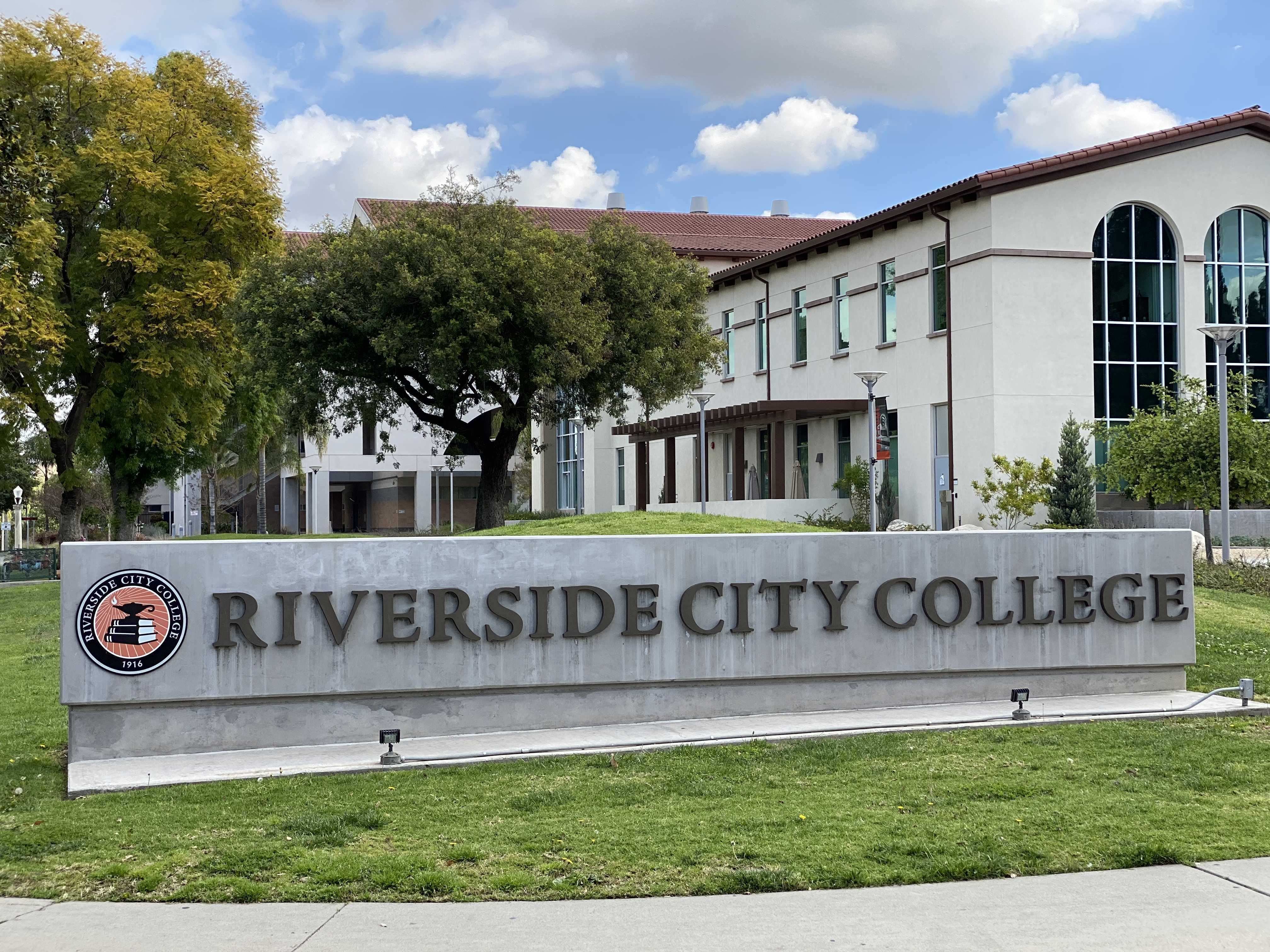

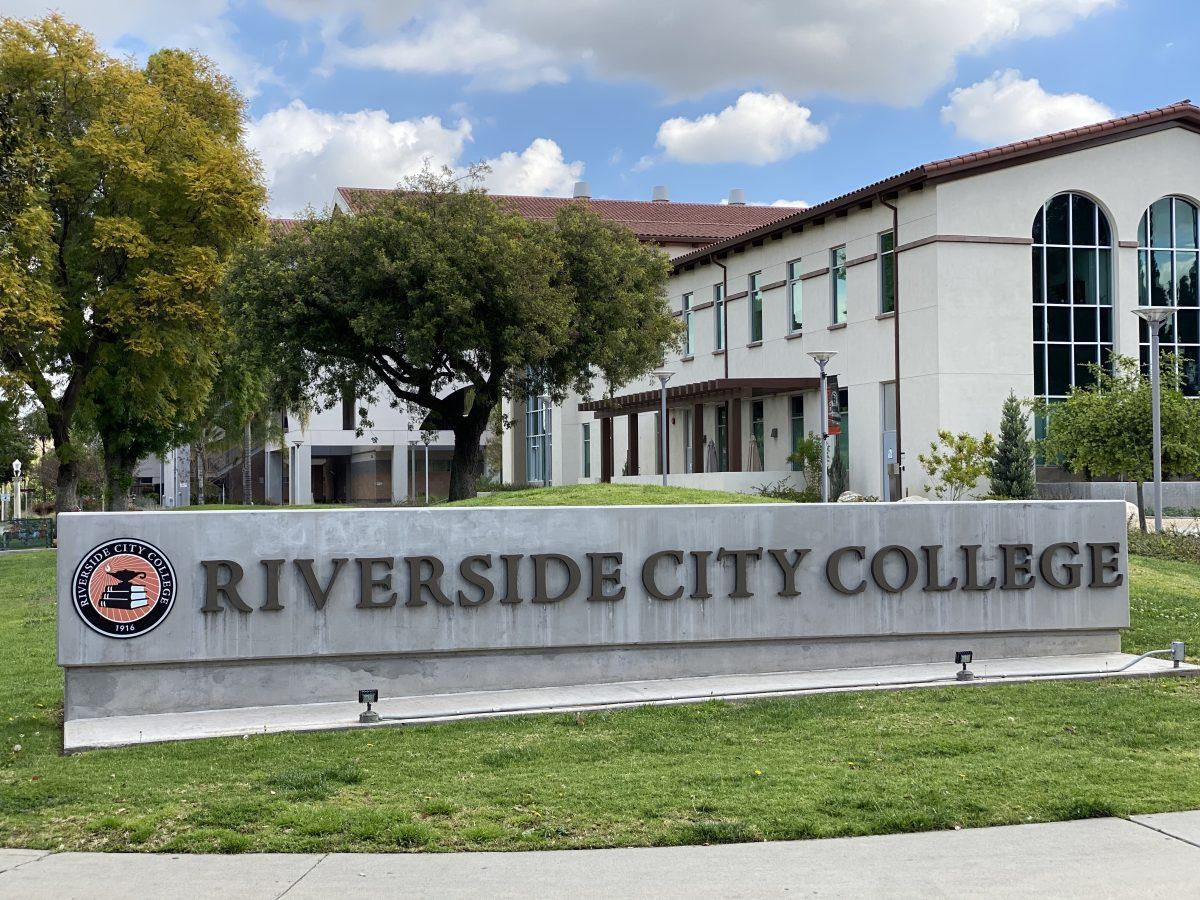

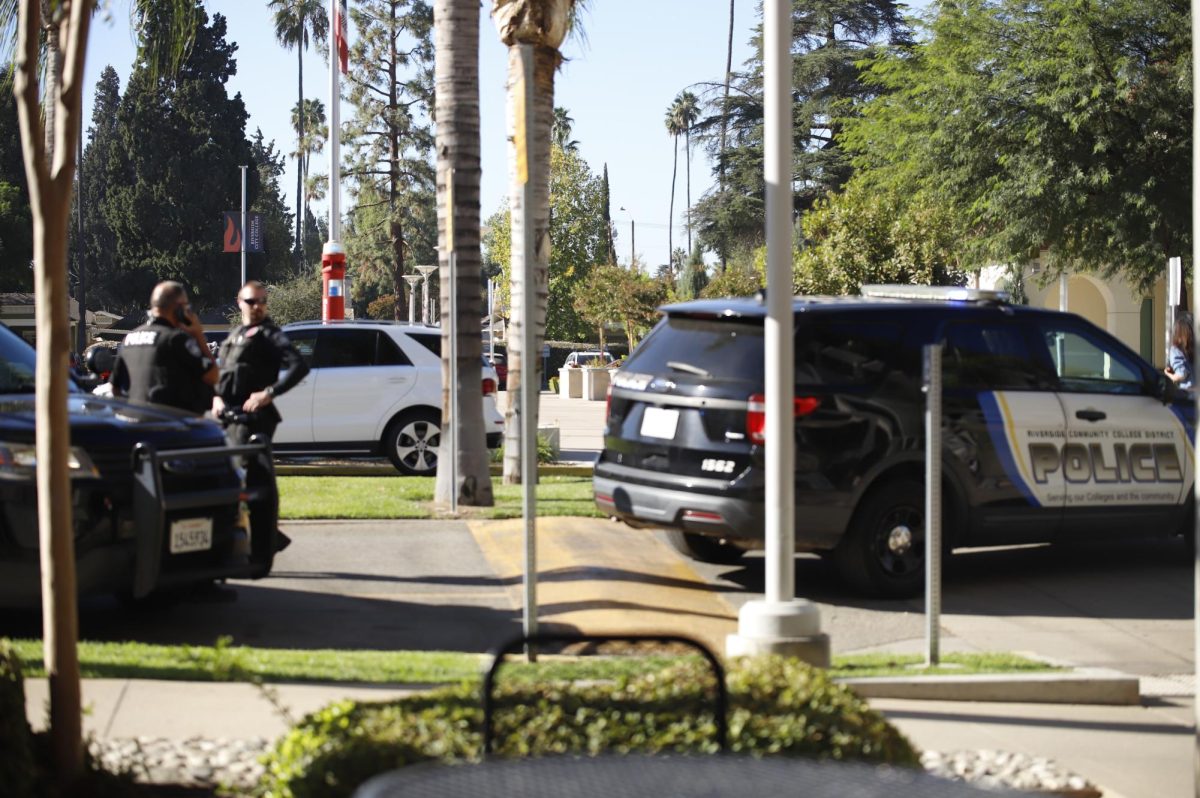

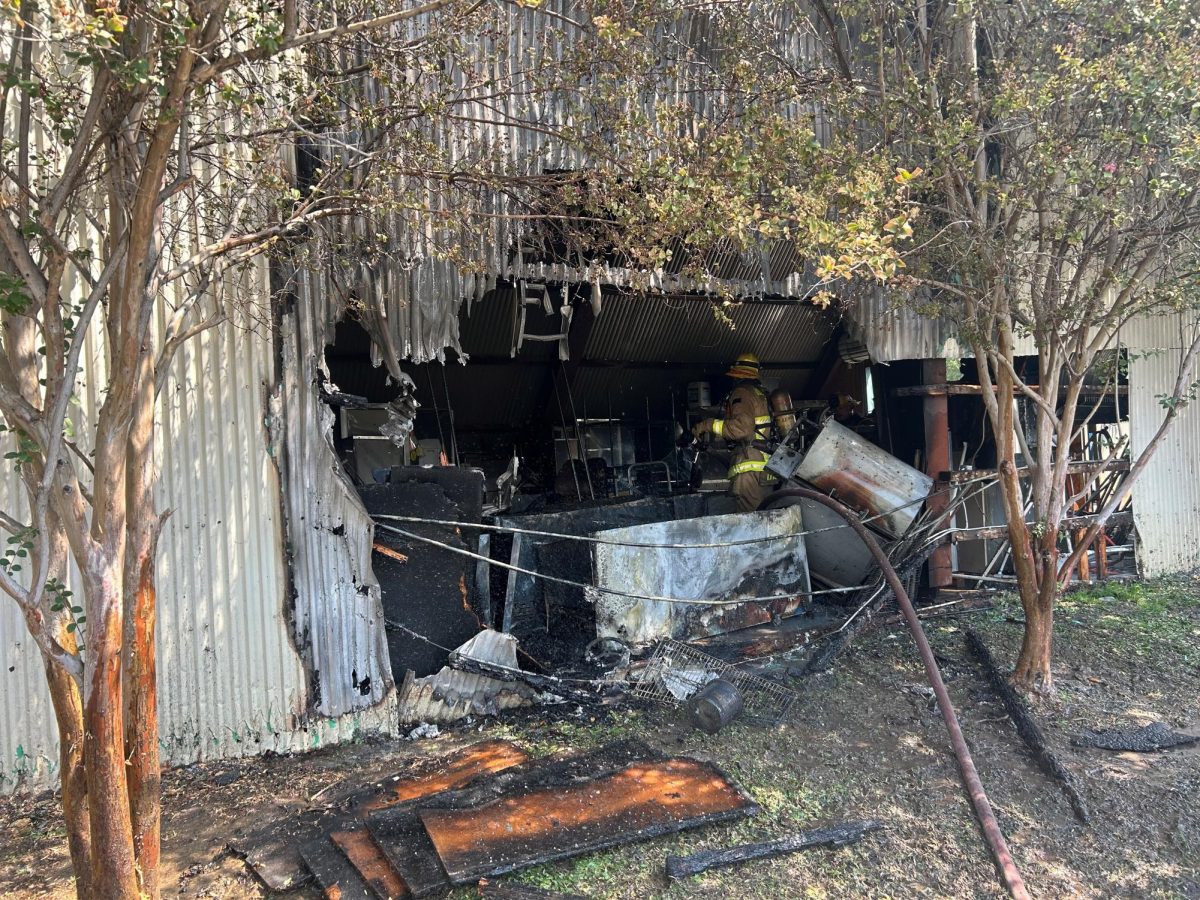

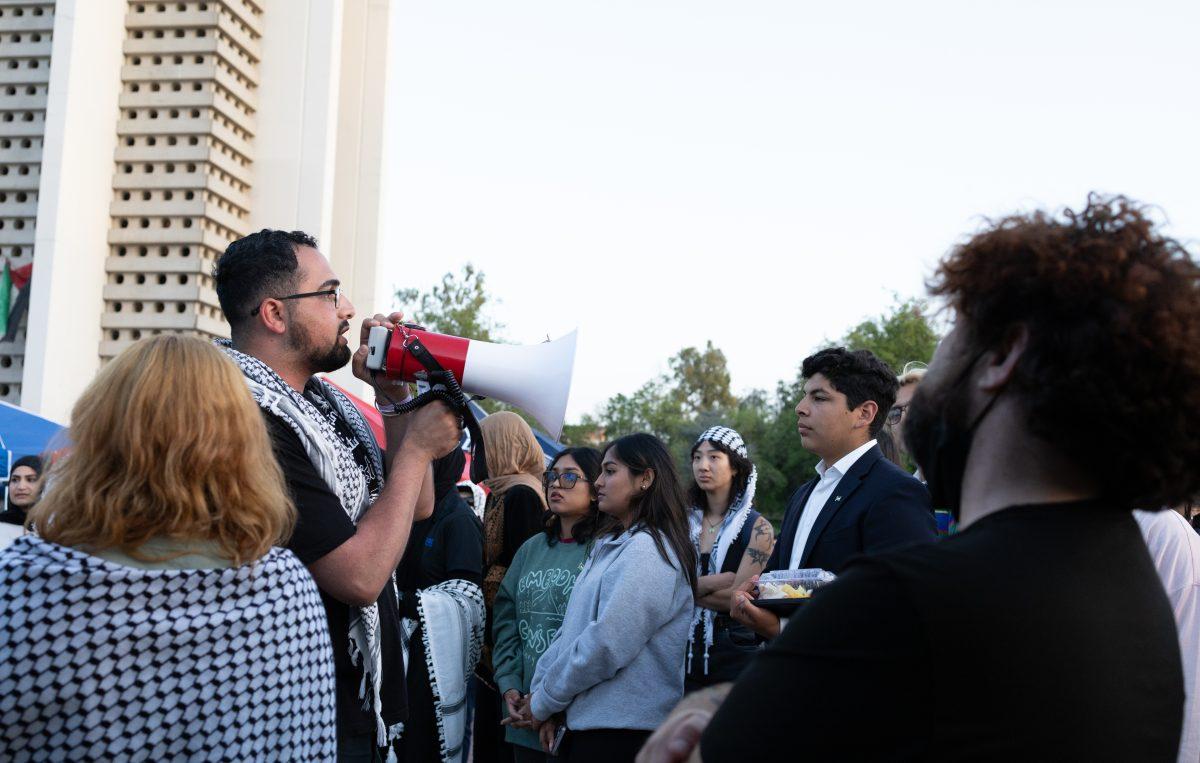
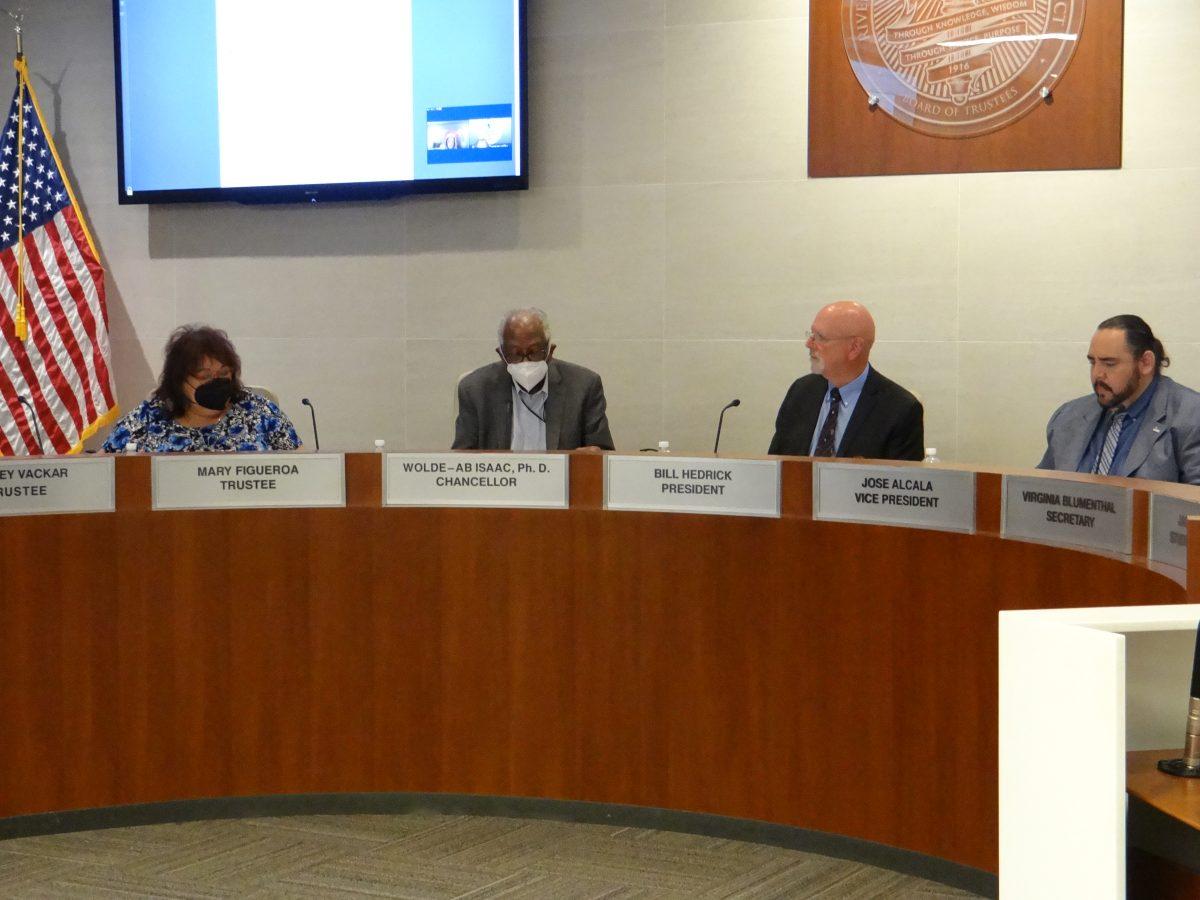
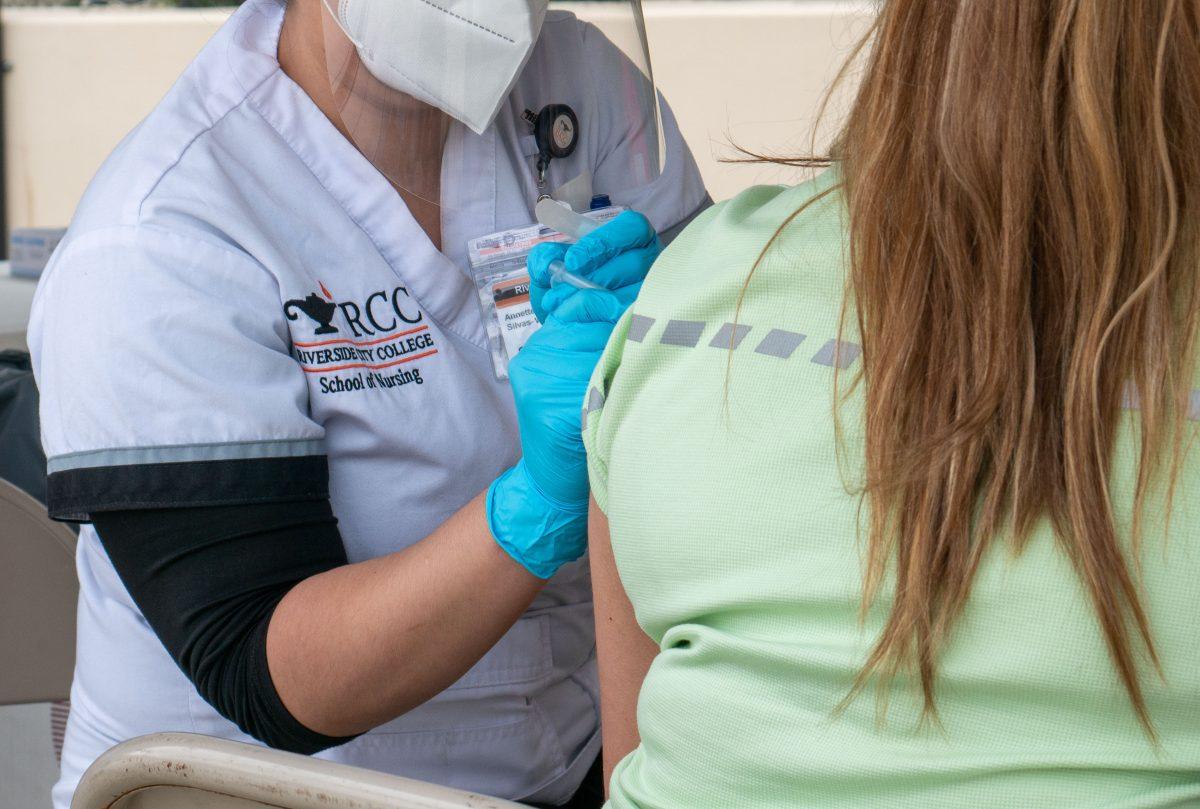
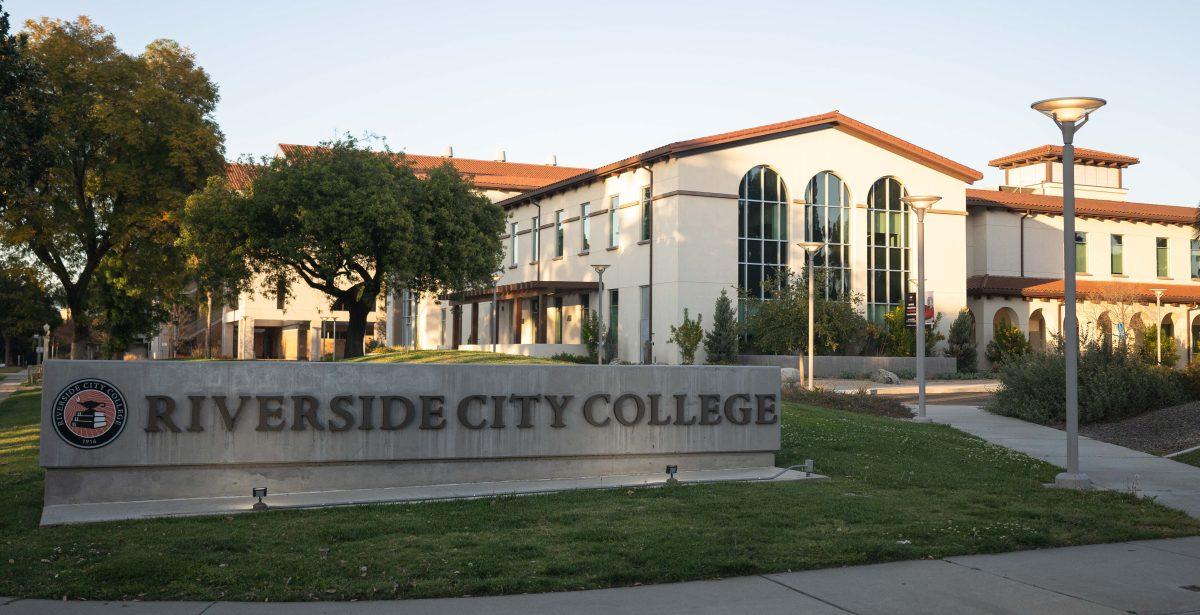

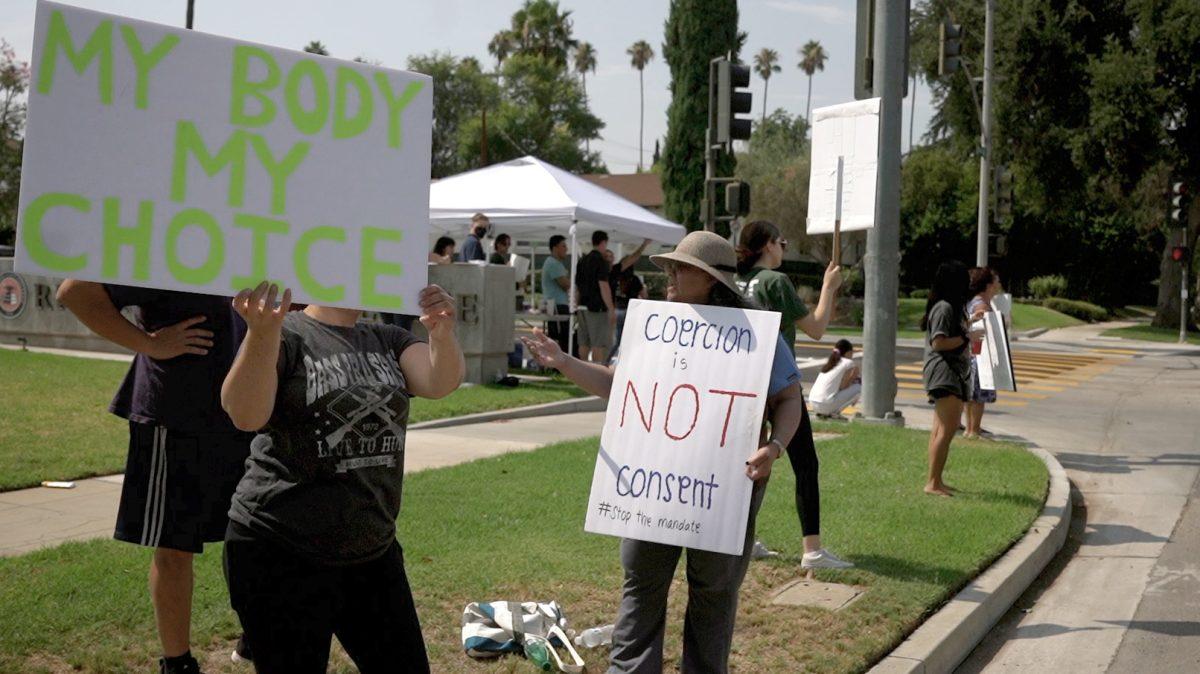
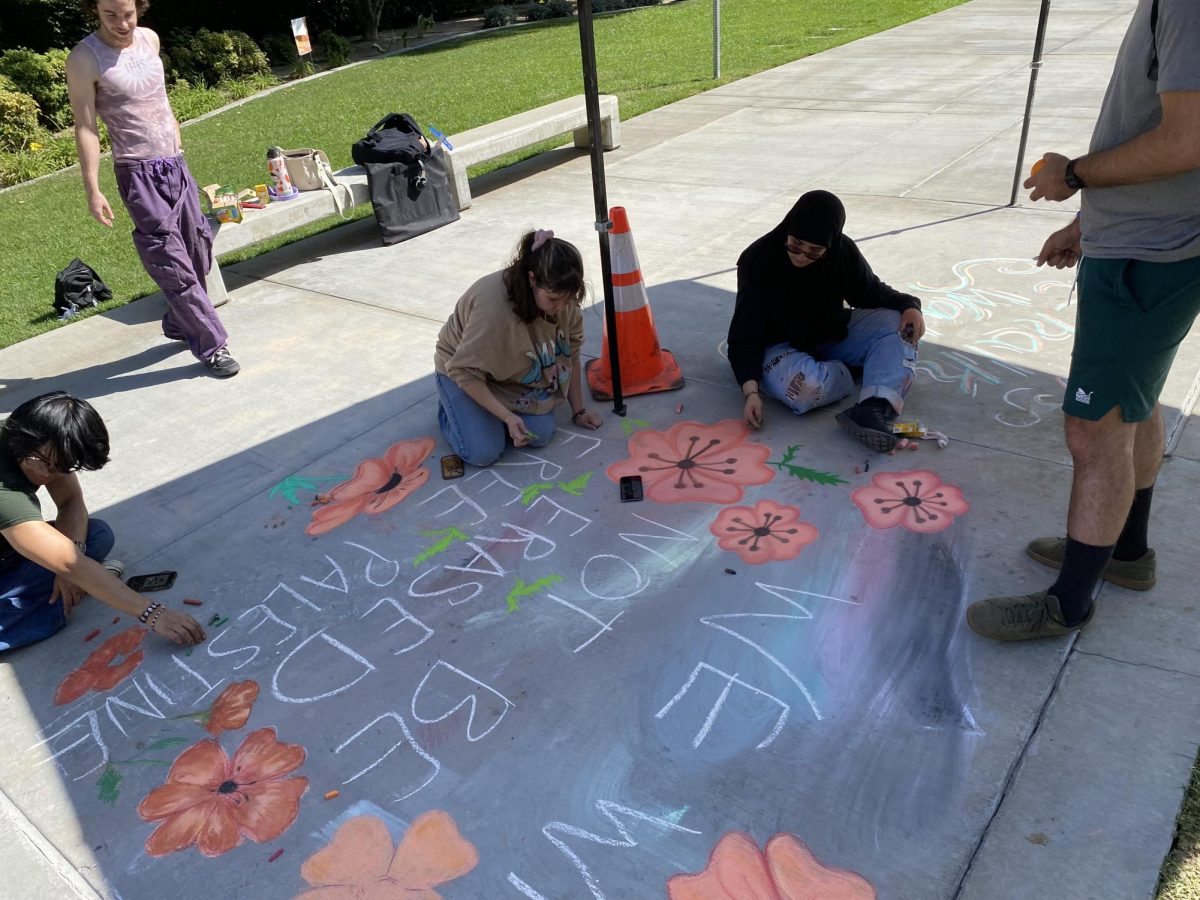
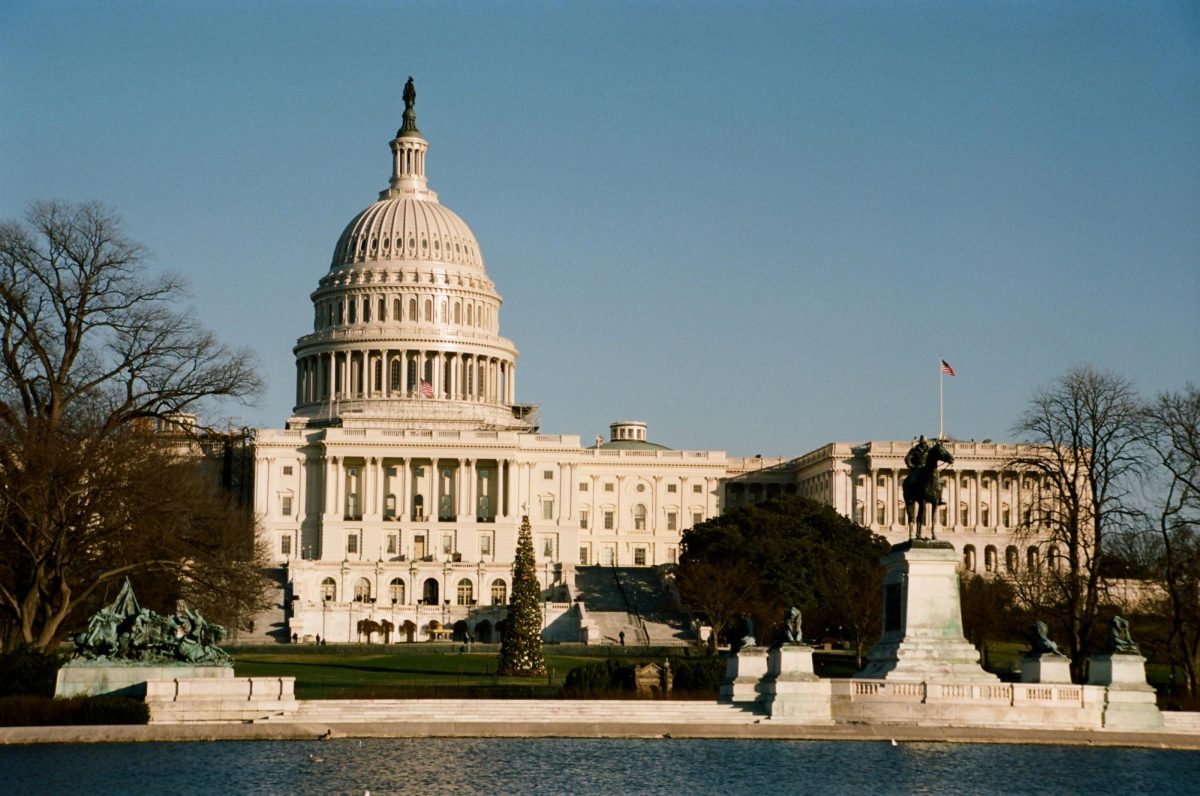
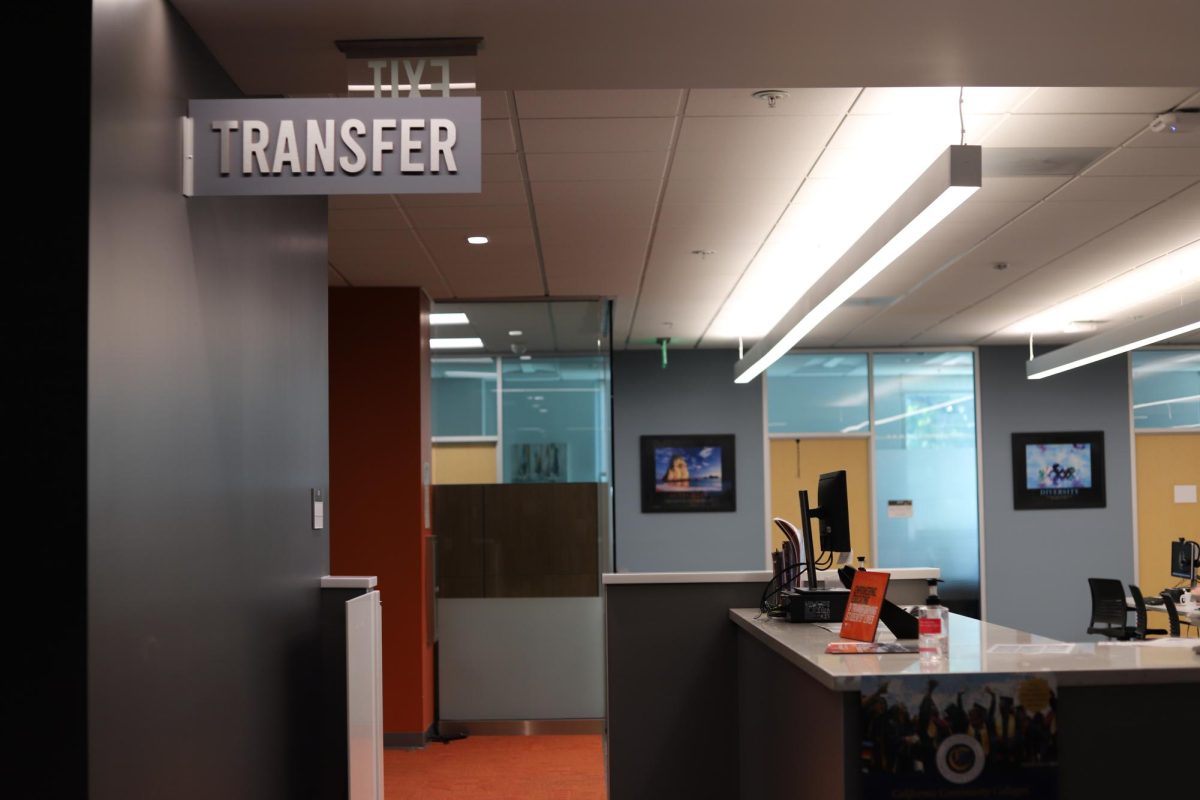
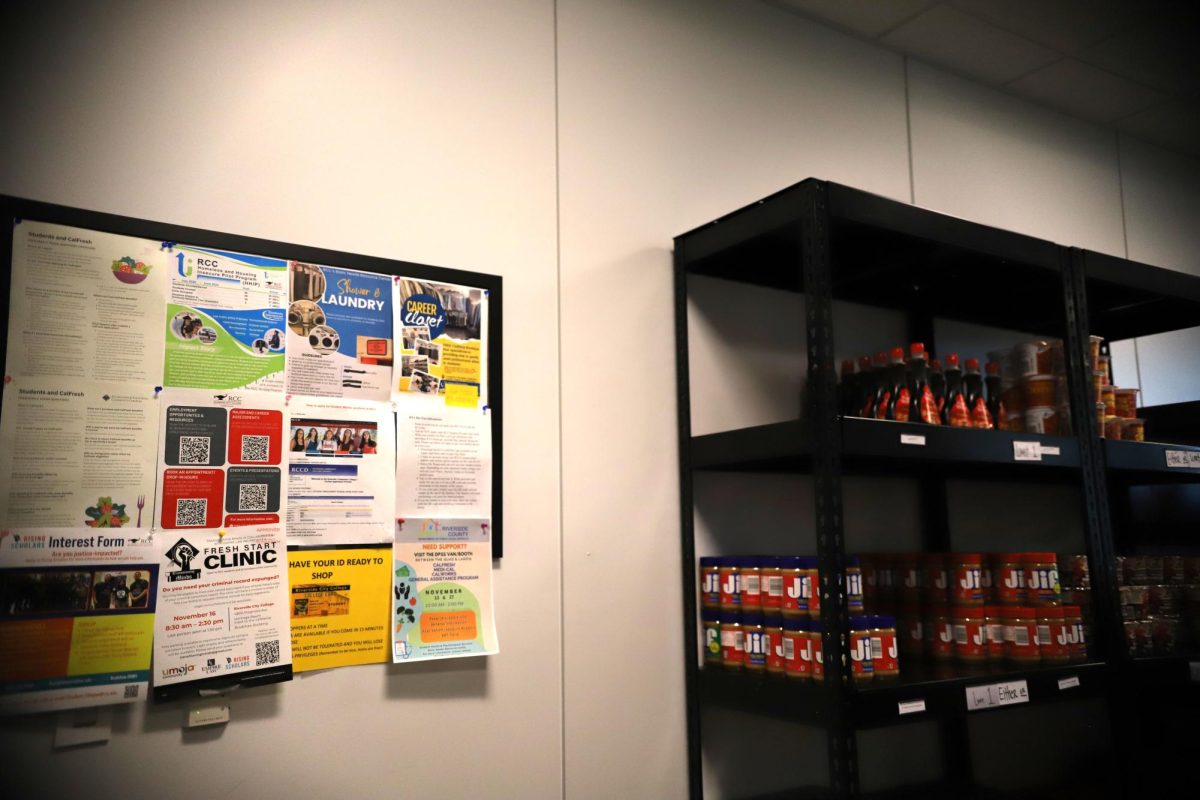

Oscar Gutierrez • Apr 5, 2020 at 5:00 pm
I am a student of your college
I would like to know wen are we going back to normal schedule for clases face to face . ?